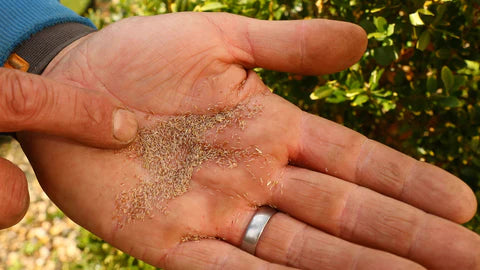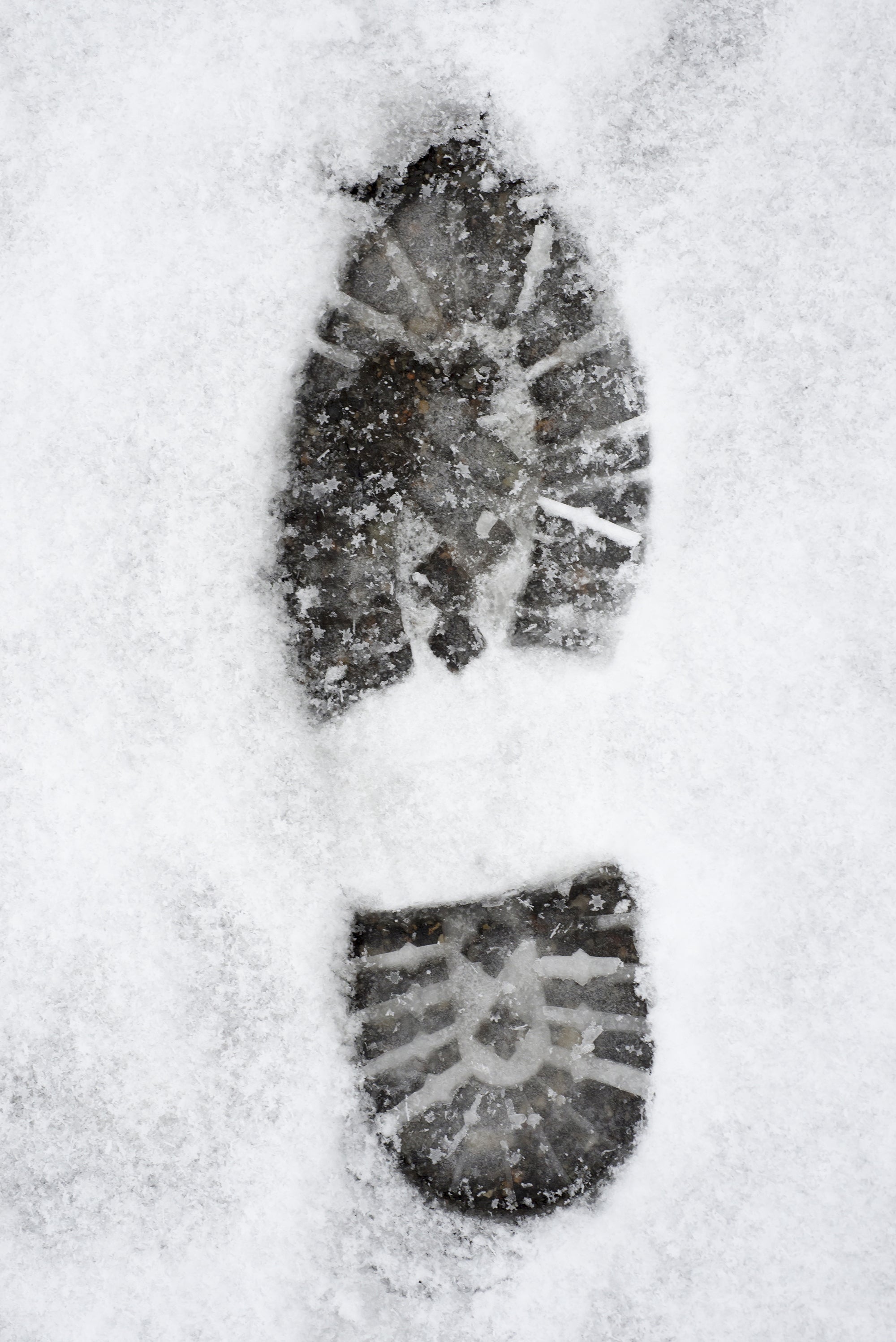As winter loosens its grip and milder temperatures start to grace us in February many homeowners contemplate the idea of seeding their lawns. Richard Salmon of ProLawncareUK also advocates seeding in late winter if temperatures are mild enough. There are both advantages and disadvantages to consider before breaking out the seed spreader or drill.
Pros:
-
Early Establishment: Seeding in February can take advantage of the milder temperatures allowing grass seeds to germinate and establish roots before the heat of the spring arrives. This early start may result in a healthier and more resilient lawn.
-
Reduced Weed Competition: February often sees less weed competition compared to later in the year. By seeding early your grass has a better chance to establish itself without having to contend with aggressive weed growth.
-
Extended Growing Season: Seeding in February extends the growing season for your lawn. This can lead to a thicker and more mature grass stand by the time summer arrives providing better protection against pests, diseases and drought.
-
Less Watering Needed: In many regions February brings more natural rainfall compared to the hotter months. Seeding during this time can reduce the need for excessive watering as cooler temperatures result in slower evaporation rates.

Cons:
-
Risk of Frost: Seeding too early in February carries the risk of unexpected late-season frost which can damage or kill germinating seeds. It's crucial to monitor the weather forecast and choose an appropriate time to seed when the risk of frost is minimal. In a mild spring it usually takes 7-10 days for grass seed to germinate and The ideal soil temperature for grass seed germination is 9-12 degrees.
-
Variable Germination Rates: Germination rates can be less predictable in colder temperatures. Some seeds may take longer to germinate leading to an uneven and patchy lawn. Using a mix of fast- and slow-germinating seeds can help mitigate this issue.
-
Limited Grass Types: Certain grass types may not fare well with early seeding in cooler temperatures. It's essential to choose grass varieties that are well-suited for early planting and your specific climate.
-
Increased Vulnerability to Disease: While cooler temperatures can deter some pests they may also create conditions conducive to certain diseases. A newly seeded lawn can be more vulnerable to diseases during the establishment phase especially if moisture levels are not carefully managed.
Conclusion: Seeding your lawn in mild February has its perks but it's not without its challenges. Careful consideration of local climate conditions, grass types and potential risks is essential. If you decide to take advantage of the early spring window for seeding stay vigilant with proper care and monitoring. However for those in regions where frost risk remains high it might be best to wait until spring to ensure a successful and resilient lawn.




Leave a comment
This site is protected by hCaptcha and the hCaptcha Privacy Policy and Terms of Service apply.